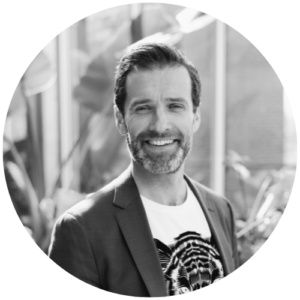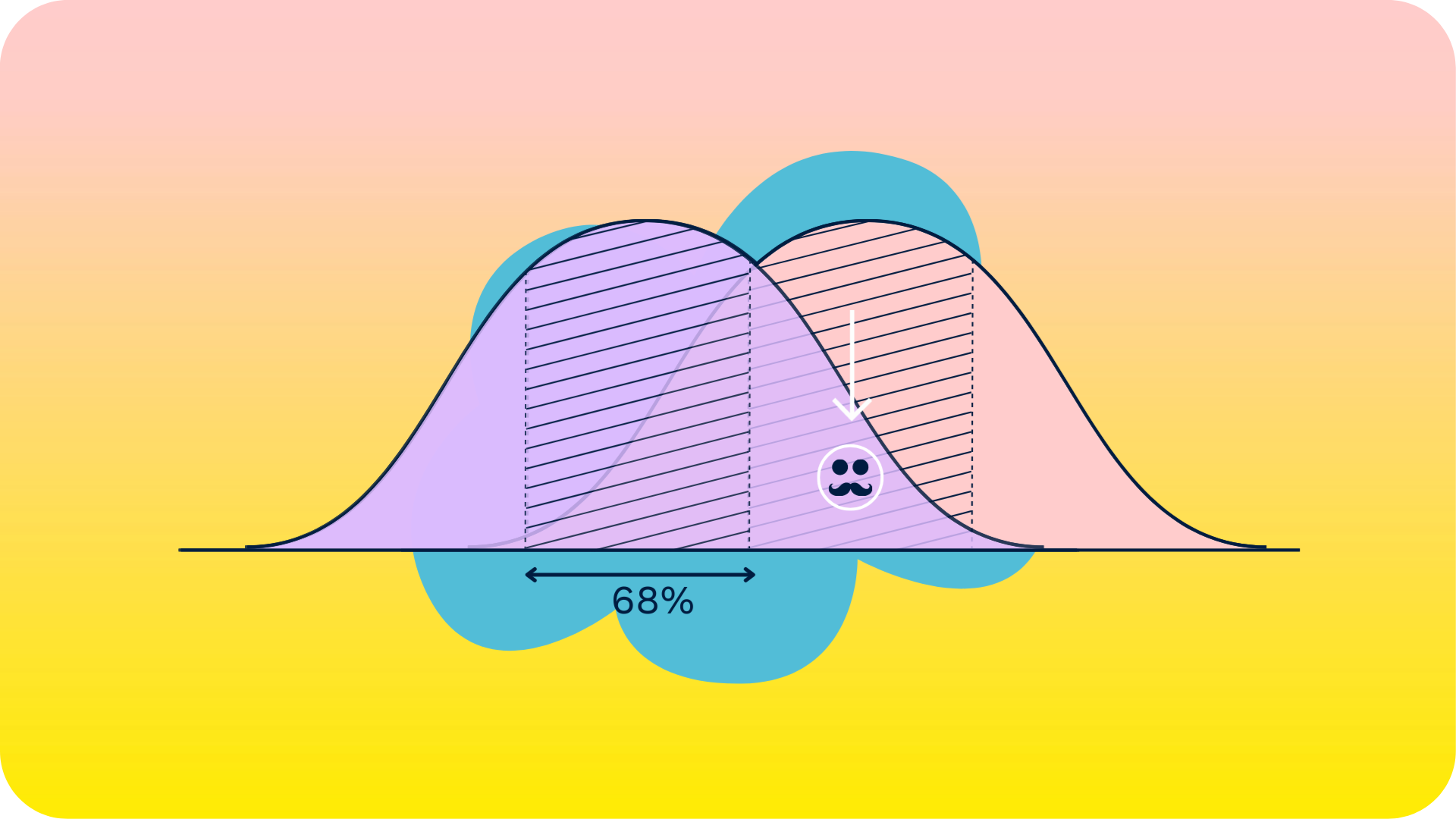From best practice to next practice
Transformation of organizations might be one of the most difficult things to do. Complex systems (like an organization) have a tendency to be very resilient. This means that they revert back to an old state quickly; or need a stong force to change the system. To break that resilience you can do two things: hit it as hard as possible, or make sure that the feedback loops of the system are changed from within. The latter will probably work better for you then the first… Therefore, you need to move from a best practice, to next practice !
An external force for change
Many consulting firms attempt to do the first: put a lot of force on an existing system to change it. They bring in an army of their consultants to help an organization change, but as they always remain an external force, soon after they’re gone the company reverts back to their old ways of working. The best that can be accomplished is a best practice: the company now operates much more efficiently. There’s great value in that, but it doesn’t prepare a company for their next practice: what are the ways of working in a future situation and how can we transform towards it? I believe that you need a different approach to accomplish that type of change.
An internal drive for transformation
Complex systems are much more resilient than we sometimes hope they are, but they can be pushed towards tipping points of transformation by smaller incremental changes. These smaller incremental changes can be accomplished when the transformation is not only aimed at the organization as a whole, but also on the people that operate inside the system. These people can start to function as the smaller incremental changes that tip an old system over. But just like organizations, people are complex (biological) systems. And just like in biology it is very hard to change people. How often have you started a new diet, exercise routine or any other New Year’s resolution to find out that after a while you have returned to your old habits? Your core beliefs and habits are so resilient that they always return you to where you were before. So, what do you do to change this?
Changing the feedback loops of your organization
One of the best ways to enable a transformation is to change the feedback loops that make the system so resilient. What are the inputs for the system and how are they related to the outputs? This may sound vague and abstract, but there is an ‘easy’ way to identify this. The best way to describe the feedback loops in a company is to (1) excavate the anecdotes that are being told inside the organization (laying bare the limiting beliefs) and (2) to create new narratives for ambitious change (after the tipping point). These stories are mechanisms of feedback. If you are able to change these narratives, individual people can start to change incrementally. At Minkowski we do this with a tool called Stories for Change that we have developed over the last decade. We’re working on a tool to excavate those anecdotes as well.
When do you know you are close to a point of transformation
Tipping points in complex systems are moments when a (disruptive) change occurs. The time after a tipping point is fundamentally different from the time before it. You get closer to such a turning point in your history when the variation in change is rapidly increasing. It can be the moment when the incremental actions of most people in your organization are adding up and make such big waves of change, that a transformation becomes inevitable. The system will most likely then find a new equilibrium again in a next practice.
But you are also close to a tipping point when the system has become (too) stable or static! In biology those moments are very worrying (and in business too). The complex system then simply has come to a standstill and (unintended) disruption is bound to happen shortly thereafter. So the question you can ask as a company: have we become so efficient in our operations that changes don’t occur anymore? If so, then let it be a warning sign for you that things are about to change very fundamentally. A best practice is not always the best recipe to prepare for a next practice…
Thanks to my dear friend Maria Souza for pointing me towards the analogies between biology and business (and I’ve probably misinterpreted a few beats here and there Maria).
If you want to learn more, let’s have a chat!
Written by Jörgen van der Sloot
Founder & Head of Futures at Minkowski







